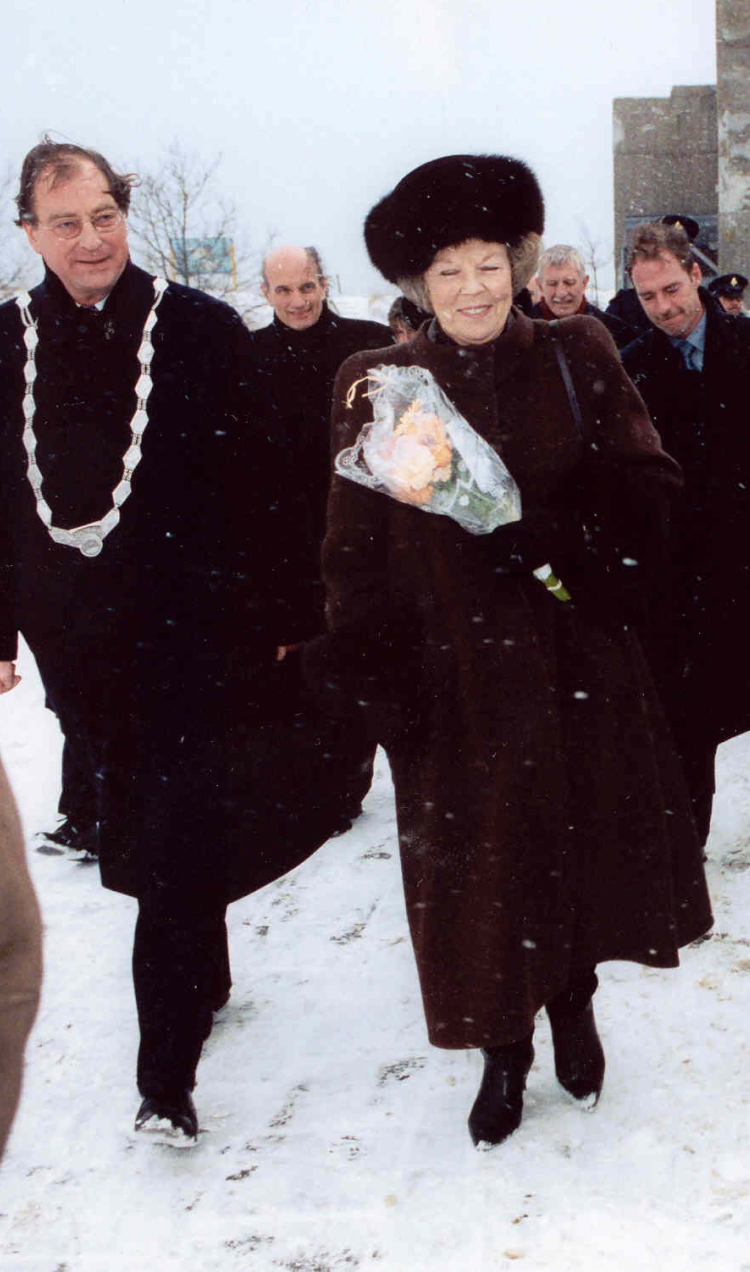
Immediately after the disaster, the focus is on rebuilding the country. It isn’t until 40 years later, in 1993, that the first official commemoration of the victims takes place. It is also at this time that the idea for a place of remembrance, the Watersnoodmuseum, is conceived.

Symbolic Location
A suitable and symbolic location for the museum is soon found: the caissons that were used to seal the breach in the dike at Ouwerkerk. However, these caissons have long been neglected, and they are in poor condition, covered in graffiti. Did you know that you can still see this graffiti in the Watersnoodmuseum today?

Building the Museum
Relatives of the victims and volunteers work hard to create a place to remember the disaster. In this photo, a few of them are taking a short break. The Watersnoodmuseum finally opens its doors in 2003.

Sharing Stories
Many volunteers work at the museum. These are often people who experienced the disaster themselves. They share stories about what happened to them. Others bring objects to the museum that serve as reminders of the disaster.

During the 50th anniversary commemoration, the royal family is in attendance.

In 2009, three additional caissons were added to the museum. This expansion allowed for more stories to be shared, including the rebuilding efforts after the disaster. The focus shifted from just remembering the past to also looking towards the future.

In the Canon
The story of the 1953 North Sea Flood is becoming increasingly important nationwide. Children learn about it in school, and the disaster has been included in the Dutch history curriculum through the Canon of the Netherlands. Some museum artifacts, like this pen, have also been featured in it.
Preserving Memories
In 2012, a major project began to preserve memories of the Flood. People conducted interviews with survivors and rescuers. For example, Piet Vreeswijk shared his memory of his friend Hans van Erkel.
How many people have been interviewed since 2012?

More than 70 years later, the story of the disaster is still alive. During the 70th anniversary commemoration in 2023, there were more participants than ever before. They came not only from the Netherlands but also from abroad.
"I'm glad that we now commemorate, it helps me."
